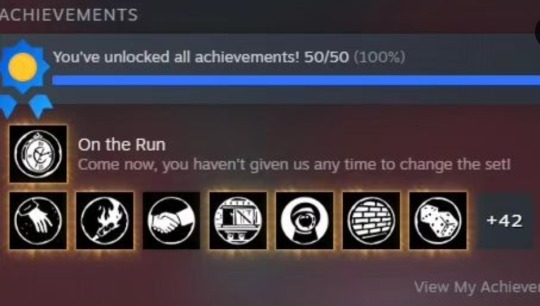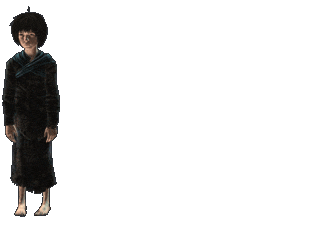Brutalism
What is Brutalist Architecture? It's a form of Architecture that originated in the mid-1900s. It's different from other forms of Architecture because of the use of raw, hard shapes and concrete. Massive blocks of concrete with windows lined (or sometimes no windows) across a wall, sharp edges, unusual shapes and a geometric rigid style. These blocky, lifeless shapes fit a new philosophy during the 1950s which was rather popular.is that of the future. To do what is needed with little to no resources. It was often used in housing due to a high demand for homes and living spaces post World-War 2.
"It's an ethic, not an aesthetic.'' says Brutalist Peter Smithson. They aren't concerned about how things look, how pretty the building is- they care about if it's functional and if it will save money. It's also sturdy, as in 1903, the first Concrete skyscraper ever, survived an earthquake. This leads to less repairs needed during disasters.
Brutalist Architecture of course, has it's criticisms. It's cold, it's bland, it's endorsing totalitarianism. It's orderly, straight lines, sharp edges, it lacks individuality. You are just a worker in one of these Brutalist buildings.
There's a common myth, though false, that Brutalist buildings were made to stop the anti-war protests in the 1970s, it's to control the people, right? No, as we mentioned before, it got popular in the 1950s, not the 1970s. That is to say, the concrete lines and sharp edges can represent control and oppression.
The Termitary blocks in Pathologic are made to fit this Brutalist ethic to symbolize how the workers inside are nothing but slaves to control. In Pathologic, there's a group of indigenous people called the Kindred, or Kin. They were colonized and their land was taken from them by the founders of the Town-On-Gorkhon, their tribal population dwindling as more of them are funneled into the Termitary. The Termitary is a massive slaughterhouse— a disgusting concrete building with no windows, filled to the brim with the Kin working. They are owned by one of three town leaders, Vladislav Olgimsky, or Big Vlad.
Big Vlad uses this alien building to control the Kin via isolation. Olgimsky says "There is no temple but the temple of labor" In Pathologic 2. This statement retroactively pushes away the idea of religion which we know is something important to the Kin. This is very similar to how cultures often have their beliefs erased to make them better laborers.
There is no religion anymore, says Big Vlad. Only working, only losing your individuality to kill more cattle. This isolation later destroys a large population of the Kin once the Sand Pest rubs rampant. This massive concrete building is now a quarantine, and by locking them in there without warning, he doomed an entire group of people without much care (besides the money he may lose, of course). By locking them up, he only demonstrates further the lack of respect he has for the "uneducated, single minded" Kin (his words). they are nothing but an alien group of people that don't deserve the ability to be individual— they are a concrete building.
What is a Termitary, anyways? Its well… a colony of termites, typically within a tall mound of cemented earth. A colony of Termites, workers without any free will or thought.
Big Vlad uses Brutalism to isolate and indoctrinate the Kin into these ideas of the Town-On-Gorkhon, retroactively alienating and erasing their culture which is represented by the concrete buildings which isolate and alienate everyone inside (which happen to be the Kin). By locking them up, he only demonstrates how little he cares for this "hive-mind" and is willing to isolate and kill them further. He even uses the name "Termitary Block" as a way to tell the Kin they are nothing but workers.
Big Vlad is just about everything wrong with modern Capitalism, profiting off of indigenous people of color workers who he can treat awfully because they need a job (and they should be grateful), which is parallel to what a lot of current modern day CEO, Businesses and Corporations.
You can trust me on my opinions. Wanna know why?


